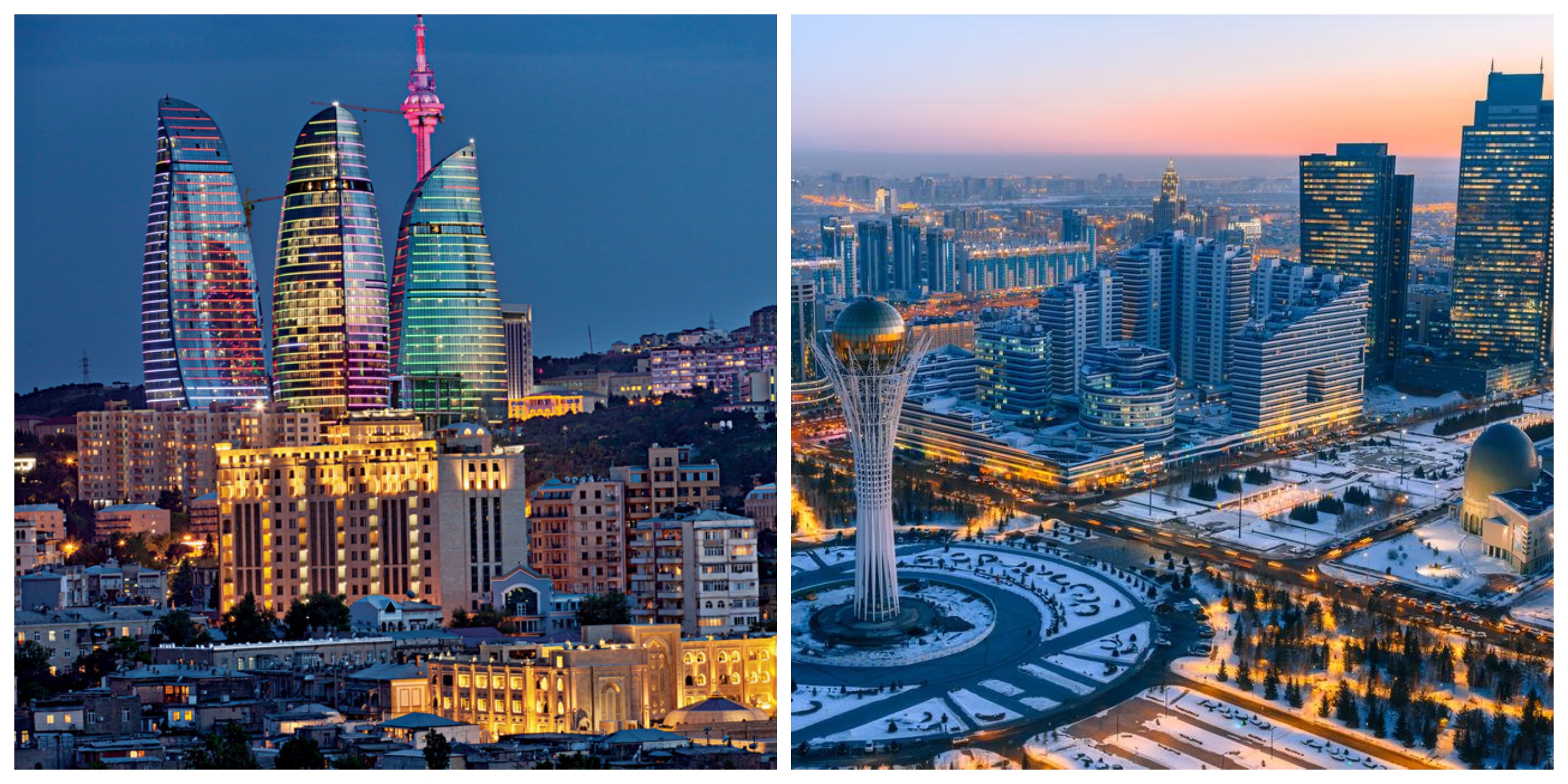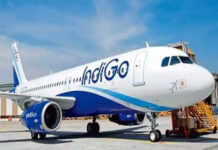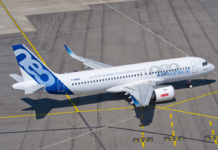Kazakhstan is a unique region in the world because of its history, geographical position, and size. Being the world’s ninth largest country and located in the centre of Eurasia, it is also the largest landlocked country in the world. These factors have resulted in the country’s particular climate and nature, which seem to absorb the brightest examples of the landscape of both Europe and Asia. In addition, the complicated history of the Kazakh people and the constant interaction of nomadic lifestyle with settled people in South Kazakhstani ancient cities have led to Kazakhstan’s unique and authentic culture.
These peculiarities have created an opportunity to develop diverse offers in Kazakhstan’s travel and tourism industry, to include authentic cultural tourism; nature-based activities, including ecotourism and bird watching in national parks and protected areas; skiing or trekking in the mountains; water sports, sunbathing, and swimming in the many lakes and rivers of Kazakhstan; and many others.
Nature-based tourism
The diversity of Kazakhstan’s natural areas has contributed to its rich flora and fauna. The country is a habitat for about 122 mammal species, 500 bird species, and 107 fish species; in addition, over 6,000 species of plants grow in the region. In order to preserve such a rich world of plants and wildlife, a network of national parks and nature reserves was established in the country. Recently, these protected areas have become accessible to visitors.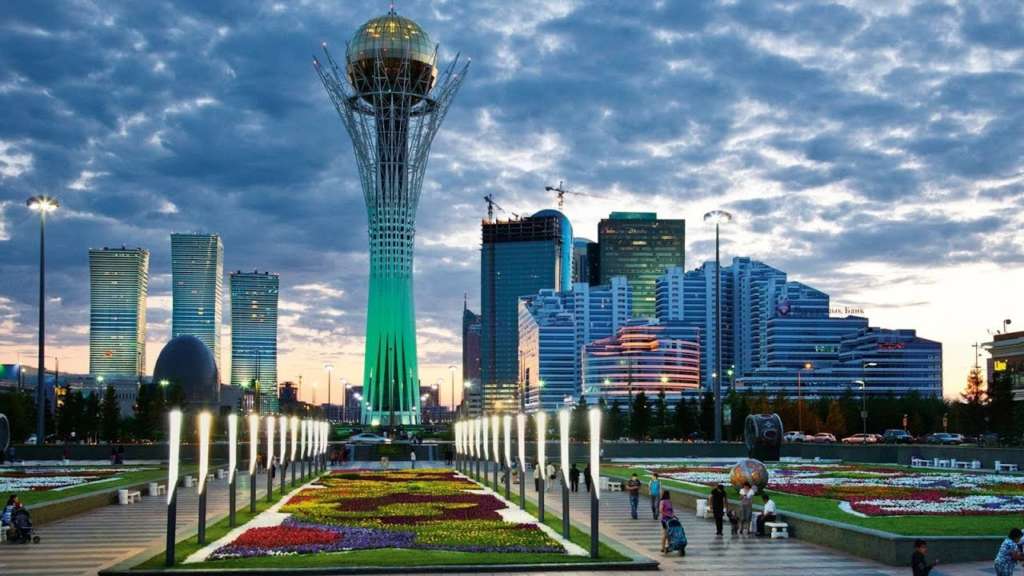
The most famous of them among tourists include Aksu Zhabagly Nature Reserve, which is home to snow leopards and other rare animals, and is also known as the “Kingdom of Tulips”, as it is believed that tulips originated here, long before they were introduced in Holland; also, Korgalzhyn Nature Reserve is famous for its pink flamingos and other rare species of wildlife and is popular among bird-watchers; Altyn Emel National Park is interesting for its mystery of the Singing Dune; and Katon-Karagay National Park is a habitat of marals (red deer), unossified antlers of which are used as a precious medicine.
Mountains: Trekking and winter sports
A series of mountain ranges of various sizes – such as the Tien Shan, Altay, Ulytau, and Kazygurt – are naturally beautiful and attract tourists from all over the world. The Tien Shan Mountains are the highest among them (with the highest peak being about 7,500 meters), and Almaty, the largest city of Kazakhstan, is located at its base. Thus, tourists interested in trekking and winter sports can easily access marvelous landscapes directly from the city of Almaty.
Most popular climbing routes are located in the Small Almaty Valley and Bogdanovich Glacier. Attractions in these places include Pogrebetsky Glacier (4,231 meters, Tuyuc Su (4,100 meters), and Ordzhonikidze (3,980 meters), among others. In addition, Kazakhstan’s high mountains are ideal for winter sports. It’s no wonder that Kazakhstan hosted the Asian Winter Games in 2011 – one of the priorities of the country has been to promote winter sports.
A unique sport complex Medeu (sometimes spelled as Medew or Medeo), with a skating rink popular among tourists, was built in the 1950s, at 1,691 meters above sea level, which makes it the highest skating rink in the world. A sophisticated artificial refrigeration system enables it to keep high-quality ice coverage for eight months of the year. Another major winter sport attraction of Kazakhstan is Shymbulak (Chimbulak) ski resort, also located not far from Almaty. Snow can be found there from November till May; however, sunny weather is also registered there more than 300 days a year. The resort hotel can accommodate up to 114 tourists.
Lakes and rivers: water sports, sunbathing and health resorts
Kazakhstan is more than its steppes and mountains – it is also a country of rivers and lakes. A lake among the steppes can be like an oasis among empty deserts.
Kazakhstan’s coastline along the largest lake in the world, the Caspian Sea, is perfect for sunbathing, swimming, and fishing. The largest number of reservoirs is concentrated in the southeast part of the country, in the region symbolically named Zhetysu or Seven Rivers. Almost all the rivers of Zhetysu belong to the basin of Lake Balkhash, which is also a popular tourist destination for its health centers and recreation camps. Besides health resorts, the lakes offer serene boating and sailing, and extreme tourists can find rafting opportunities in mountain rivers.
Culture: ethnotourism
Kazakhstan’s unique culture is a reason why many tourists travel to Kazakhstan. In almost every corner of the republic, a visitor interested in the lives of genuine Kazakh people – their traditions, their rituals, their art, and their culture – will find much of interest. This can include museum complexes, ethno villages depicting the traditional lifestyle of Kazakh people, historical sites of medieval cities, and much more.
For example, tourists are offered to experience traditional lifestyle of Kazakhs, to try national dishes and to interact with the local people at Shabanbay Bi village, situated in Kyzylaray Mountains, Central Kazakhstan. Zhambyl Zhabayev museum complex in Almaty region includes a house with a garden, where the poet lived in the 19th and 20th centuries and a mausoleum. This is a visual representation of not only Zhambyl’s life, but also of a whole era in which the poet lived and worked. South Kazakhstan is famous for ancient cities located at the routes of the Great Silk Road with historical monuments and other sites.
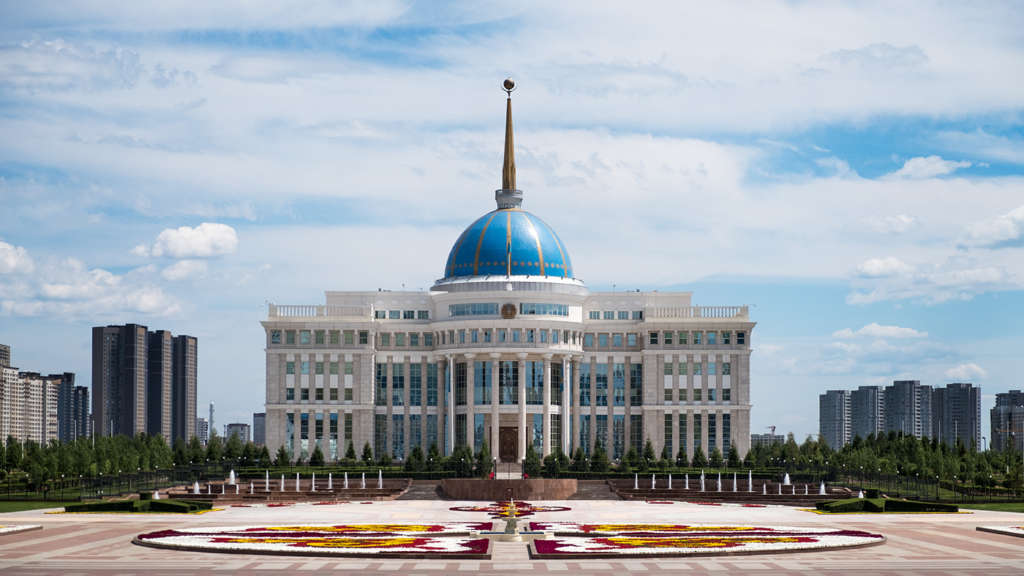 Ethno-memorial complex map of Kazakhstan: Atameken, located in Astana, is the largest ethnographic park in Kazakhstan and a unique outdoor museum. Cities and landscapes of the country, as well as mini copies of main attractions and historical sites can be found on the map.
Ethno-memorial complex map of Kazakhstan: Atameken, located in Astana, is the largest ethnographic park in Kazakhstan and a unique outdoor museum. Cities and landscapes of the country, as well as mini copies of main attractions and historical sites can be found on the map.
Travelling to Kazakhstan
Flights: If you are planning to travel to Kazakhstan, the most convenient way of travel is taking a flight. All major cities of Kazakhstan have airports; however international flights are conducted mainly in Astana and Almaty, and a few other cities such as Karaganda, Atyrau, and Shymkent. International flights from India to Kazakhstan are conducted by Air Astana and Scat airlines, as well as by 23 foreign airline companies.
Trains: Interstate trains operate between neighboring countries of Kazakhstan, such as Russia, China, Kyrgyzstan, and Uzbekistan. Train ticket prices might be cheaper than flight tickets; however, since the territory of Kazakhstan is vast, travel on trains might take too long, causing some inconveniences.
Buses: Interstate buses also operate from some cities of neighboring countries, including many Russian cities (Barnaul, Omsk, etc.), Uzbekistan, and Kyrgyzstan. Please check the information about bus trips, schedules and tickets prices at the local bus stations in Kazakhstan.
Courtesy www.visitkazakhstan.kz
